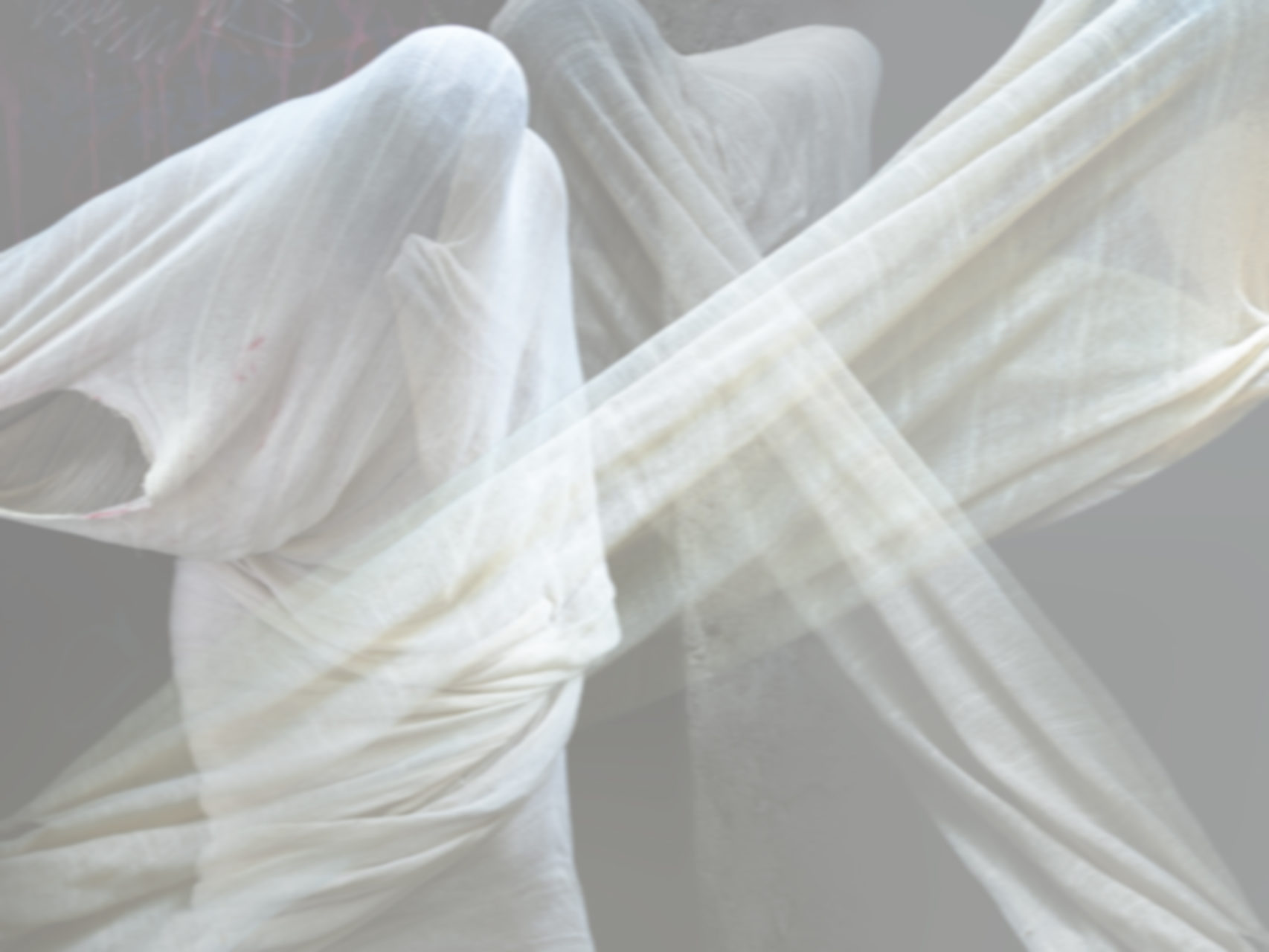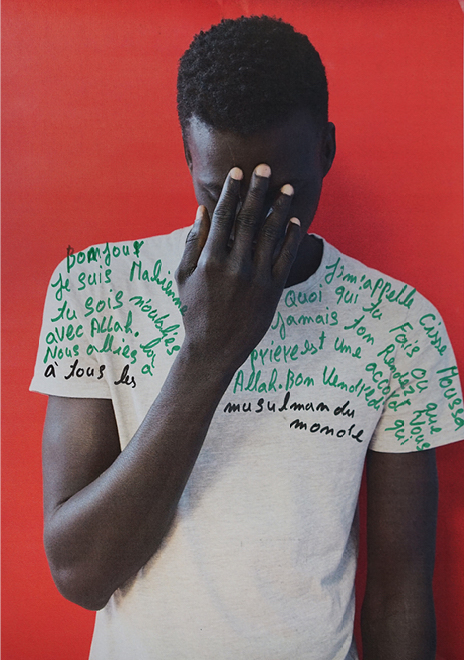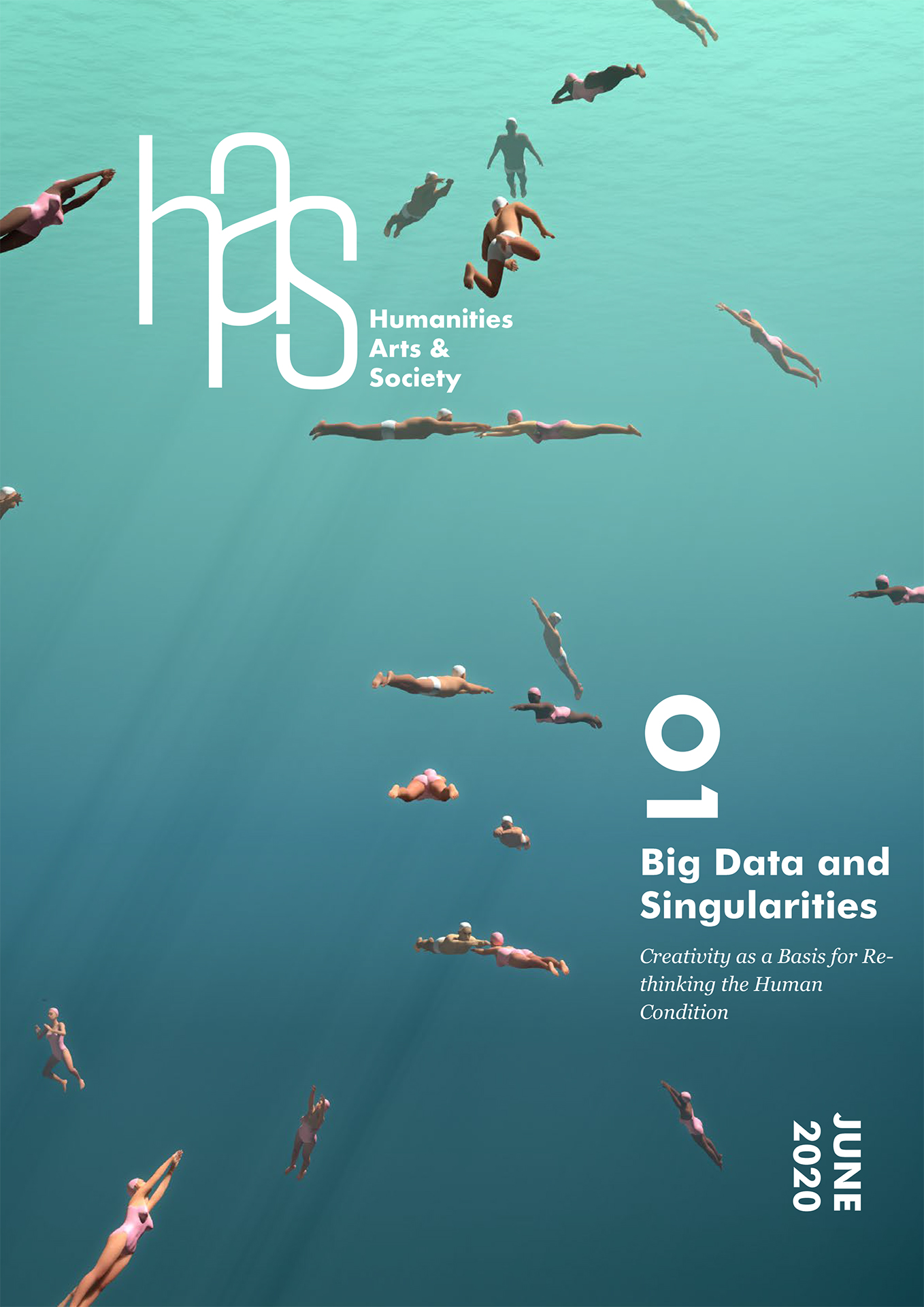
Mémoire de l’Avenir is located in Belleville, a multi-cultural district of Paris. It has been designed as a space for meetings between artists, thinkers, and the public, of all social and cultural backgrounds, with a focus on the arts and their implications in society. We offer contemporary art events at our space, as well as satellite events in which the featured works favour sensitive and intuitive approaches to the world via innovative artistic and curatorial methods. Each exhibition offers tools for reflection, on the art as formal presentation, but also on the underlying issues and concepts. By questioning the world, artists set forward ideas, give shape to emotions, and propose paths to debate. The works do not provide answers or solutions, but seek to question individual and collective social issues.
Our programmes are based on original approaches and methods by Margalit Berriet, including multidisciplinary workshops and interactive cultural mediation. The method is based on inclusivity, respectful of all cultures and identities, and favours an intuitive approach to creativity and sensibility as basis for cognitive learning.
Through our interactive cultural mediation programme with audiences facing constraints to cultural access, the arts and museums are used as tools for dialogue, debate and critical questioning of contemporary issues. This mediation aims to make participants autonomous in the museum space to both individually and collectively build knowledge and know-how, accompanying each in their perception and understanding of the world.

Exhibitions
Mémoire de l’Avenir is firmly dedicated to gender equality as an essential component of peace and sustainable development. Exhibitions addressed gender roles, sexism, gender-based violence and cultural identities, often using the personal as a point of departure to explore the universality of these issues.
The group show Manifesto For Women Of The Future offered a look to the future of gender equality and gender-based violence through an analysis of the present. The artists invoked the Woman of the Future through investigations of the body and the spirit (Marie Gossart and Florence Pierre, Déborah Sfez), the veil of modesty (Laura McCallum), the image of the fantasized woman (Clara Daniele, Aleksandra Adamczyk), cultural identity (Nesrine Mouelhi), feminine relationship to nature (Carmen Bouyer), and the women’s place in the media (Andrea Bass). The exhibition also included A Literary Walk In Belleville by Marie Poinsot, discovering the district through the traces of women who lived there in the 19th and 20th centuries. The performance and discussion Istanbullywood by Sedef Ecer explored the place of women in the cultural and artistic spaces of Turkey, going back to the golden age of Turkish cinema through the figures of three generations of actresses.
The collective event Beyond The Veil united more than 100 artists from 35 countries, opening a debate on gender equality on an international level with the complex and controversial issues of the veil as a point of departure. All artists bring a personal and sensitive point of view, questioning, beyond the veil, the notions of freedom and equality in the world, with the aim of opening to a better understanding and mutual respect of all cultural identities. Sakina, a dance performance by Alexia Martin Traore, anchored in the contemporary approach of dances from the Middle East and North Africa regions and Afghanistan, questioned the construction of human identity.
In Monument To Violence, Peter Brandt reflects on the universal harm of violence through his own personal experiences. Proposing to create a monument to the victims of violence, he brings attention to the various forms that violence can take: physical, psychological, verbal, or passive. The dance performance Fragile Bodies by Charlotte Colmant explored the fragility and vulnerability of the human body, while Clémence Vazard’s performance Be Beautiful And Shut Up! opened a discussion between the artist herself, activist and artist Sophia Antoine, and theatre director Luca Giacomoni on domestic violence and femicide.

Perception, memory and hybridization were central themes of exploration in exhibitions that examined the environment, metaphysics and spirituality.
The Languages of Environment brought together the artists Avi Sperber and Suki Valentine to explore the impressions left by places, people, nature or objects as integral parts of the process of accumulating memories and associating ideas. Each artist proposes a new language to decipher or redirect our perception of what surrounds us. Presented during the exhibition, Daniel Cabanzo’s performance and original sound design Intersecciones #1 consisted of real-time audiovisual compositions and improvisations for electronic devices, borrowing passages through various environments, from the living to the inert.
The exhibition From Dawn To Dusk proposed a contemplative experience of light in the temporal and geographical space between dawn and dusk. This metamorphosis of a world questions sensations and perceptions, as seen through the work of artists Delphine Armilles, Fatima Garzan, Sarah Munro, Lizzania Sanchez, Irène Shraer, Lydia Sivane, Suki Valentine.
The exhibition Mutation/Hybridization offered artistic projects by Annaf, Sohail Dahdal, Sasha Gosmant, Marie Gossart, Annalisa Lollo, Florence, Pierre, Alessandra Spigai that formally and intellectually questioned the notions of otherness and difference in the meeting of two systems that generate the transformation of each of its components, offering the possibility of reciprocal adaptation for the constituted whole. Quantum physicist Pérola Milman, performer Florent Baboux and musician Daniel Jea addressed the quantum concept of entanglement in Non Separable!, a performance that itself hybridizes sciences and art.
Isabelle Terrisse’s exhibition For A Material To Have Such An Influence, Must It Contain A Spirit? takes its name from a passage in The Temptation by Gustave Flaubert in which the writer questions the power of representation. The artist explores the power of matter and form to transmit tangible and intangible memories. Through an assembly of figurative elements, the artist proposes conceptual works that open up philosophical, ethical, societal and political questions.
What if, today, while we are living through multiple crises, in particular a spiritual crisis with metaphysical horizons, art still carried the possibility of being a meeting place between the supernatural and the natural, between the extraordinary and the everyday, between the tangible and the intangible? The first part of the group show A Kind of Magic investigated cultural, ritual, personal or universal beliefs, from here or elsewhere, from the past or the present through the work of Falaï Balde, José Castillo, Patrick De Bruyn, Éric Defoër, Maria Ducasse, Nadou Fredj, Christelle Guénot, and Kevin-Ademola Sangosanya.
Educational workshops and interactive cultural mediation
The Enchanted Book was an extracurricular activity by Léa Donadini and Tatiana Olea for elementary school students to individually and collectively create a book around the idea of hybridization. The workshop developed collaboration and debate, as well as building confidence and encouraging reading. A visit and dialogue at the Musée de Quai Branly of the arts of Africa, Asia, Oceania and the Americas explored systems of belief, as well as the relation of humans towards the living and non-living, the visible and invisible.
Imagine a distant universe where the lands would be divided into three ecosystems, inhabited by polymorphic entities that are unaware of each other until an earthquake strikes. The inhabitants are forced to disperse and new meetings occur as differences are negotiated, associations are made and solutions are found to live together and imagine a common future through the creation of visual and sound environments. The workshop Discovering a New World explored the notion of elsewhere through the prism of personal evolution and an innovative visit to the Musée de la Musique at the Paris Philharmonic, discussing the origins of music, bio- and cultural diversity, hybridization, and the crossbreeding of music and instruments.
Working with young adults and uniformed police officers, the workshop Polaroid: Letter and Image produced detective novels in the form of a comic strip while analyzing the relations between youth and the police in priority neighbourhoods. Led by artists Nicolaï Pinheiro and Isabelle Gozard, the workshop promoted empathy and self-examination to dispel oppositions between youth and law enforcement. Text and image in 20th century art was the theme of a dialogue and visit at the Centre Pompidou to discover the use of traces and writing to open up artistic expressions and question the represented image and the message it conveys.
Surrealist Polyphonies is a collaboration between artists and French as a Foreign Language teachers to strengthen their students’ debate and presentation skills to defend a personal statement both orally and in writing. With a non-frontal and reflective methodology, the format of advertising was used as it connects writing, image and voice, and manipulates the reception of codes from a target receiver-consumer in order to convey a specific message and values.
The workshop Imagine accompanied women in their vocational training. With performance artist Alexandra Roudière and photographer Myriam Tirler, the participants reflected on the different stages of life from a personal and professional perspective, exploring portraiture as a cognitive and representational tool in order to strengthen their self-esteem. The workshop included a dialogue and visit to the Centre Georges Pompidou focused on Women Artists in the 20th century to interrogate gender and artistic creation, sexism and discrimination, stereotypes and multiple identities.

The Life is a Story workshop invited a group of unaccompanied minors to reflect on their migratory journey through the creation of a personal travel diary including photographs, collage and text. The idea was to create an archive of memories that have nothing nostalgic about them, and to restore their personal and joyful memories. The notebook gives substance to the bonds of friendship and fraternity, to the new—and sometimes numerous— families created. A dialogue and visit to Luigi Ghirri’s exhibition Maps and Territories at Jeu de Paume explored the role of images in the perception of the world, of societies and of ourselves, interrogating the society of the spectacle, consumption and advertising, analyzing stereotypes and illusions, and evoking real and virtual life.
Artistic projects were further integrated into French language education in the workshop Day After Day with unaccompanied minors staying in an emergency accommodation centre. Writing thoughts and messages in different languages on their own photographic portraits, new narrative forms were explored to encourage the participants to express themselves and create new friendships. Social and political themes of the modern era were further explored in a visit to the Centre Pompidou.
Writer Isabelle Gozard and photographer Myriam Tirler work with inmates of the prison in Villepinte, located in the suburbs of Paris, on notions of identity and self-representation in the workshop Portrait – Self-portrait. Asking how the image of the self can be formed, constructed and imagined in the prison context, the workshop invited participants to create multi-layered portraits reflecting on the notions of inside and outside. Encouraging individual expression and self-esteem in the group, the activity developed a spirit of togetherness and coexistence. The workshop was accompanied by the Ciné Philo programme, using philosophy as a questioning, a self-awareness and emancipation, freedom and responsibility, with a discussion of the films The Portrait of Dorian Gray (2009) by Oliver Parker and The Truman Show (1998) by Peter Weir.
The intergenerational workshop The Tower of Babel united retirees and youth and recent migrants from the African continent. Based on symbols and allegories, the participants imagined spherical collective structures in clay that embraced the ecosystems of sky, land and sea. This process enabled them to talk about memories of their homeland, while confronting their experiences of migration and resettlement. The investigation of sculpture continued in a visit at the Rodin Museum of Meudon with a dialogue about human emotions, how art is capable to embody them across mediums and transmit them in a powerful way, through the work of Auguste Rodin.

Through the Humanities, Arts and Society project with UNESCO-Most, CIPSH and GCACS, Mémoire de l’Avenir is looking to organize, act and produce innovative artistic, social and cultural activities, while contributing, locally and globally, towards better understanding between individuals, cultures and our environment.
We are reflecting, proposing, and co-producing, in collaboration with artists and scientists, public events, publications, and debates. We are developing educational workshops and a travelling exhibition that will include tools and new approaches to the Arts.
We are looking to prove the fundamental need of creativity, across all disciplines and social issues, an on-going research that promotes cross-cultural and interdisciplinary collaborations. We want to open dialogues in the fight against ignorance, encourage creative and active learning and education for all, promote freedom and respectful thinking and exchange, while opening horizons of new alliances between citizens and political actors, for mutual understanding between individuals and cultures.

Mémoire de l’Avenir
http://www.memoire-a-venir.org/index_en.html
Mémoire de l’Avenir
http://www.memoire-a-venir.org/index_en.html
